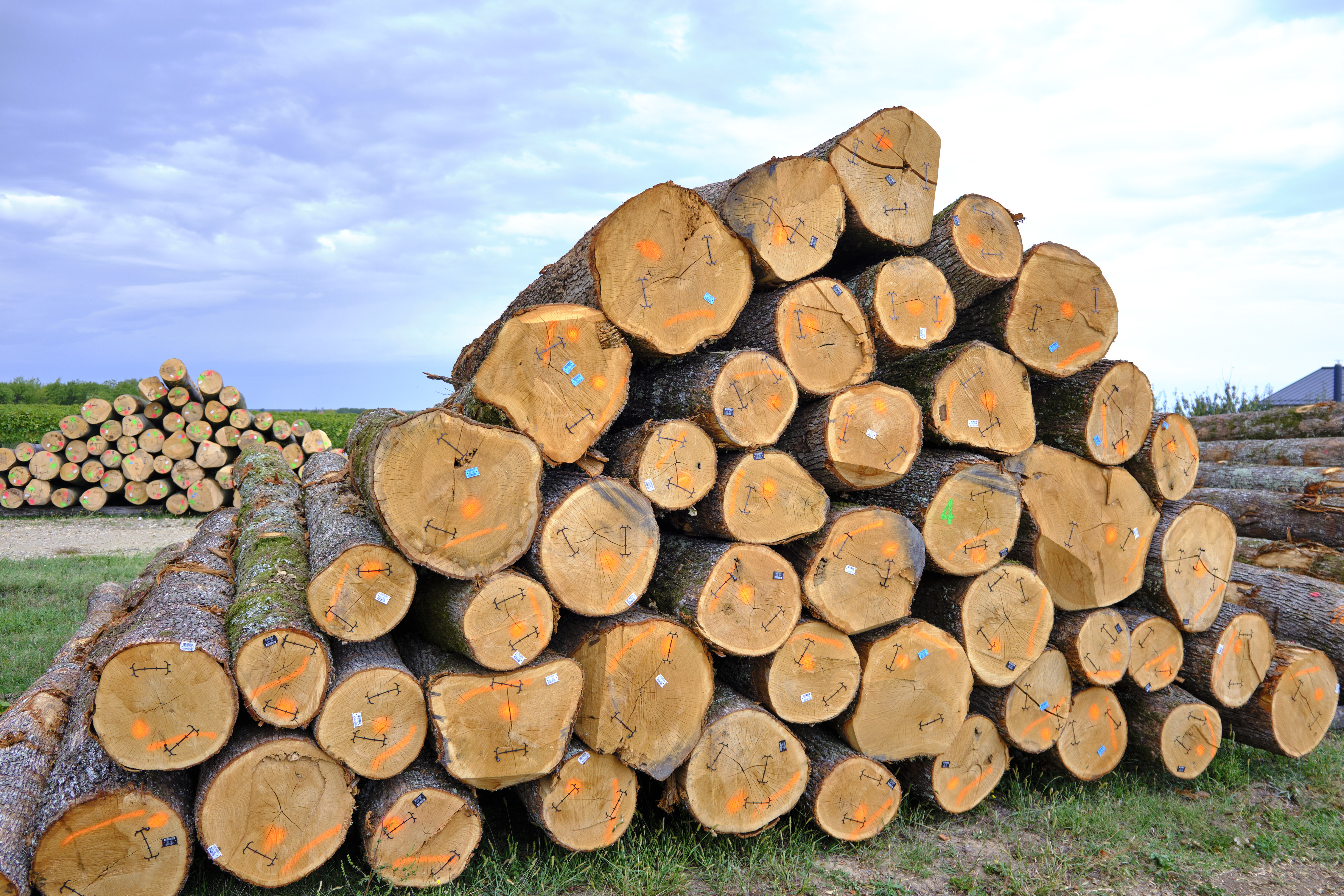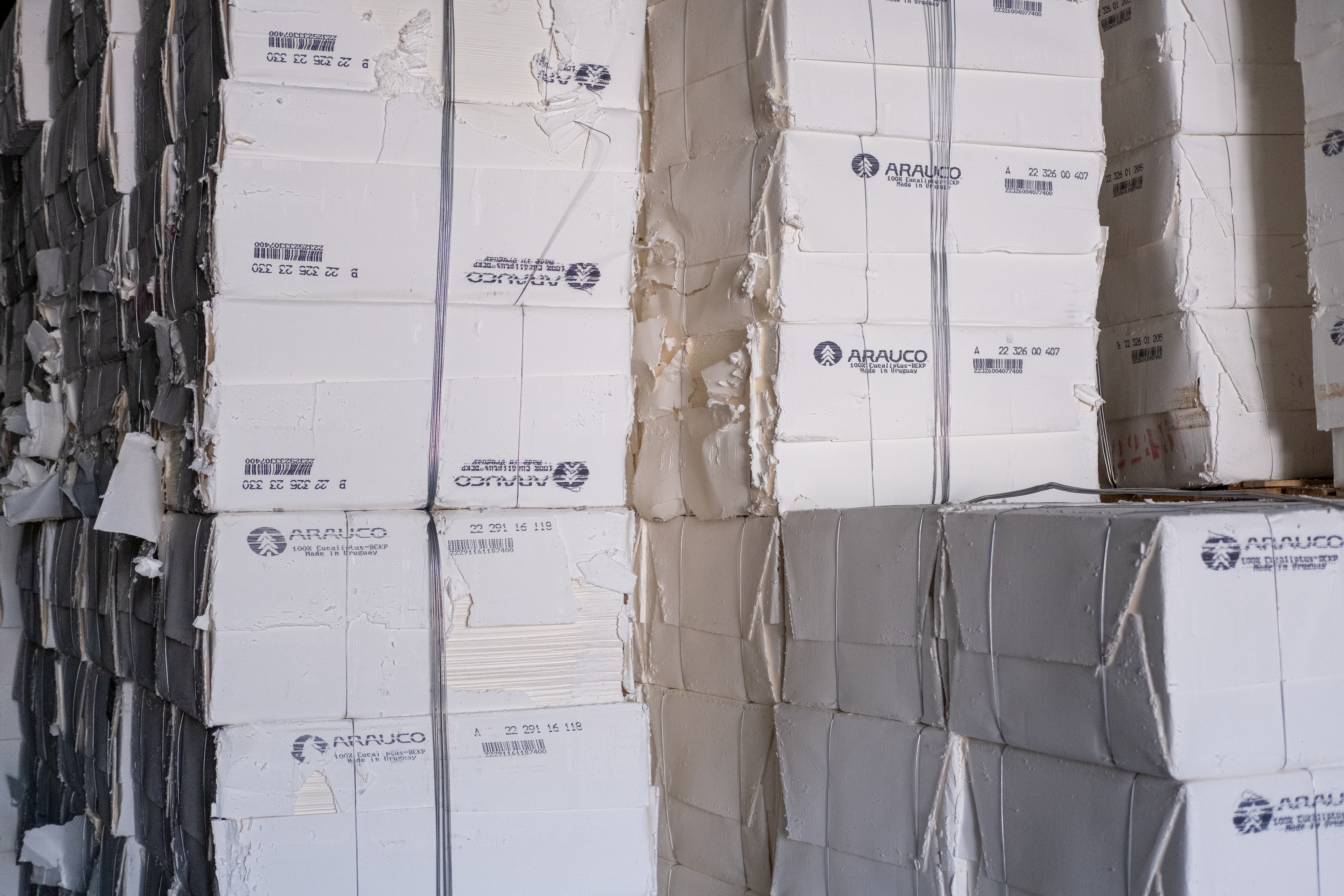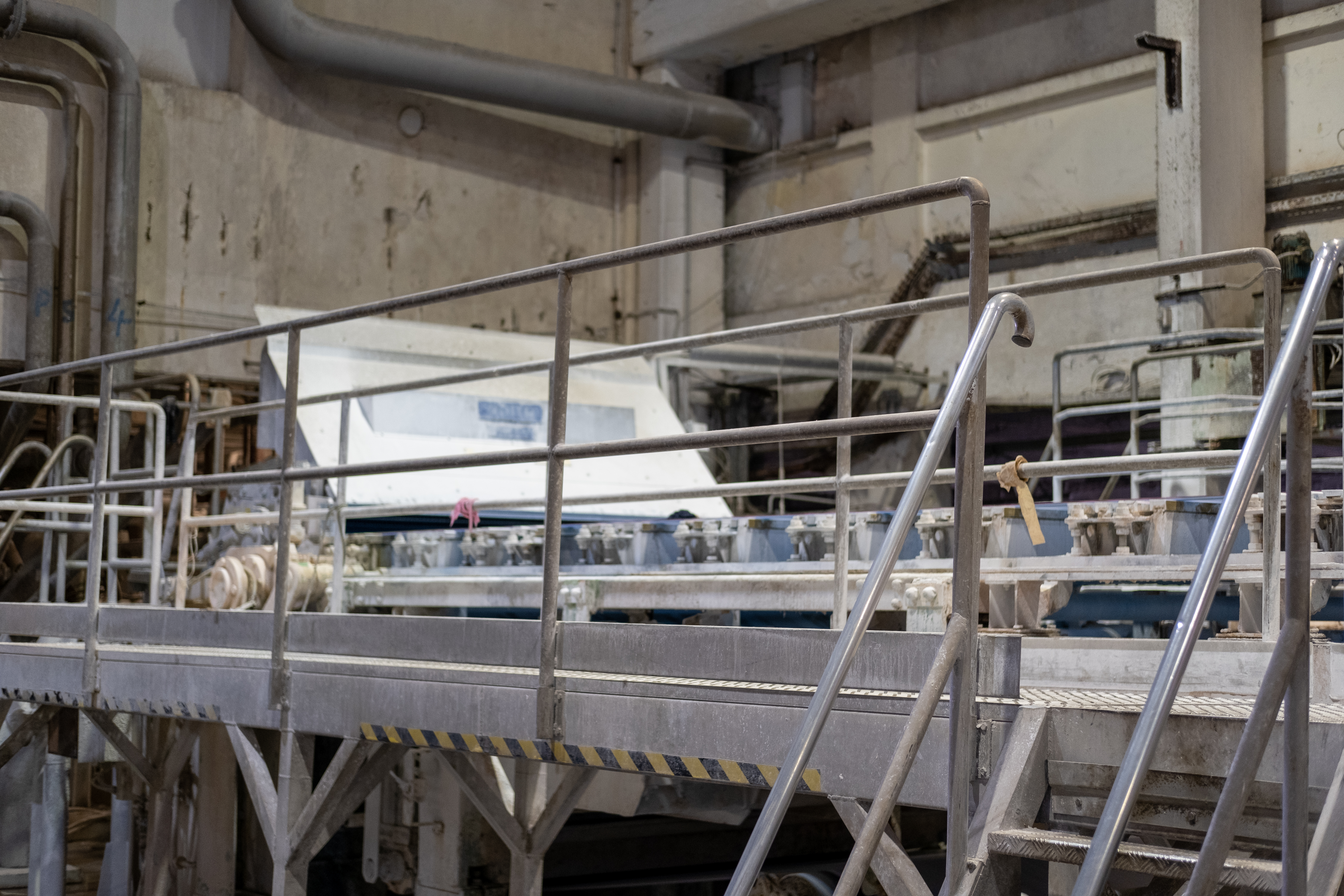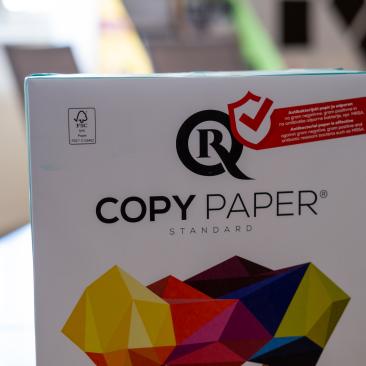
About Radeče Papir Nova
The story of the largest paper producer in Slovenia is build on the tradition of paper production, dating back to 1736. Already in 1908, the manufacturing of bonds and banknote paper began here and by 1939, over 25 tonns of paper were produced daily. Today, this is a modern high performing company which employs over 350 people, mostly from local areas.
Understanding Sustainable Paper Production
Sustainable paper production encompasses the implementation of environmentally friendly practices throughout the entire paper-making process. It involves minimising resource consumption, reducing carbon emissions, and promoting responsible forest management. To achieve sustainability, paper manufacturers are adopting a three-pronged approach: recycling, responsible sourcing, and cleaner production methods.
-
Recycling and Circular Economy
A vital aspect of sustainable paper production lies in recycling. Paper recycling helps preserve natural resources by reducing the demand for virgin fiber. Recycled paper is processed using less water, energy, and chemicals compared to virgin paper production. Additionally, it diverts waste from landfills, curbing environmental pollution.
The industry is actively encouraging the use of recycled paper by developing robust recycling infrastructure and promoting consumer awareness. Moreover, technological advancements have led to improvements in de-inking and paper recycling processes, ensuring the production of high-quality recycled paper.
-
Responsible Forestry and FSC Certification
Sustainable paper production relies on responsible forestry practices. FSC forest certification sheme ensures that paper manufacturers source their fibers from sustainably managed forests. FSC sets robust criteria for environmental protection, biodiversity conservation, and indigenous rights, promoting the responsible use of forest resources.
By supporting certified paper products, consumers play a crucial role in driving demand for sustainably sourced paper. Companies are increasingly adopting sustainable sourcing policies, preferring suppliers that adhere to recognised certification standards, such as FSC. This shift encourages responsible forest management and incentivises the preservation of ecologically significant areas.
Radeče Papir Nova company has first become FSC-certified in 2006, making sure they can offer FSC-certified paper products to their consumers.
-
Cleaner Production Methods
To minimise the environmental impact of paper production, the industry is embracing cleaner production methods. This includes optimising energy and water usage, reducing greenhouse gas emissions, and minimising the release of pollutants into air and water systems. Paper mills are investing in renewable energy sources, such as biomass and solar power, to reduce reliance on fossil fuels. Additionally, innovative technologies are being employed to improve water recycling and treatment processes, reducing water consumption and preserving water quality.
How sustainable paper is made in Slovenia?
The process of paper creation typically involves several steps. Here's an overview of the major stages involved:
Raw Material Preparation
The first step is obtaining the raw materials for paper production, which primarily consist of wood fibers from trees. The trees are harvested from sustainably managed forests or sourced from recycled paper products. In the case of virgin fiber, the logs are debarked, chipped, and converted into small wood chips or pulp. Recycled paper is sorted, cleaned, and processed to remove ink, coatings, and contaminants.
This step is usually performed outside of Slovenia.

Pulping
In this stage, the wood chips or recycled paper undergo pulping to break them down into individual fibers. Pulping can be done through mechanical or chemical processes. Mechanical pulping involves grinding the wood chips, while chemical pulping involves using chemicals like sodium hydroxide and sodium sulfide to separate the fibers. Mechanical pulping retains more of the original fiber length, but chemical pulping yields stronger fibers.
Similarly to the previous step, pulping is often performed abroad and raw paper pulp is then imported in Slovenia for further processing.

Paper Formation
The pulp is mixed with water to create a slurry or suspension called the paper stock. The stock is then pumped onto a moving mesh screen or wire, which allows the water to drain through while retaining the fibers. This process, known as paper formation or sheet formation, forms a continuous sheet of wet paper.

Pressing
After paper formation, the wet sheet passes through a series of press rollers. The rollers apply pressure to squeeze out more water and consolidate the fibers, creating a more compact and uniform sheet. This helps increase the paper's strength and reduce drying time.
Drying
The partially dewatered paper sheet moves through a drying section, where it is subjected to heat and pressure to remove the remaining moisture. The most common drying method is through large steam-heated cylinders called dryers. Alternatively, hot air or infrared radiation can be used. The drying process ensures the paper reaches its final moisture content and enhances its physical properties.

Finishing
The final step involves cutting the paper into the desired sizes and packaging it for distribution. The paper rolls or sheets are inspected for quality and may undergo additional treatments like coating or embossing, depending on the intended use.


A sustainable choice
Sustainable paper production is a vital component of building a greener future and the Slovenian paper company Radeče Papir Nova understands this. By implementing recycling initiatives, responsible sourcing practices, and cleaner production methods, the paper industry is making significant progress toward reducing its ecological footprint. As consumers, we have the power to support sustainable FSC certified paper products and contribute to a more sustainable world.

